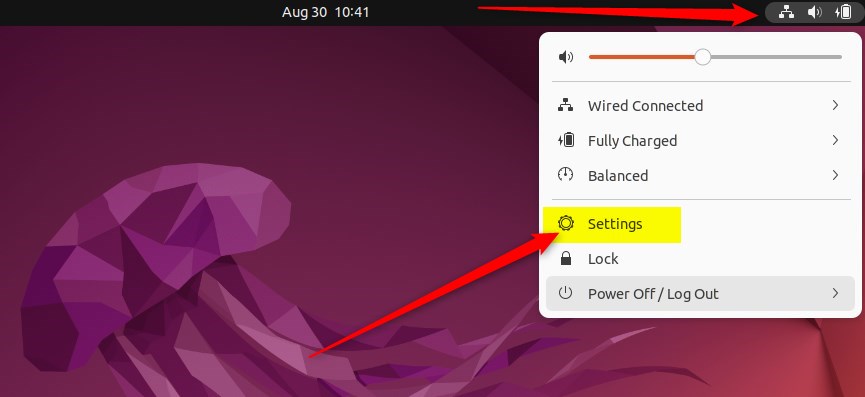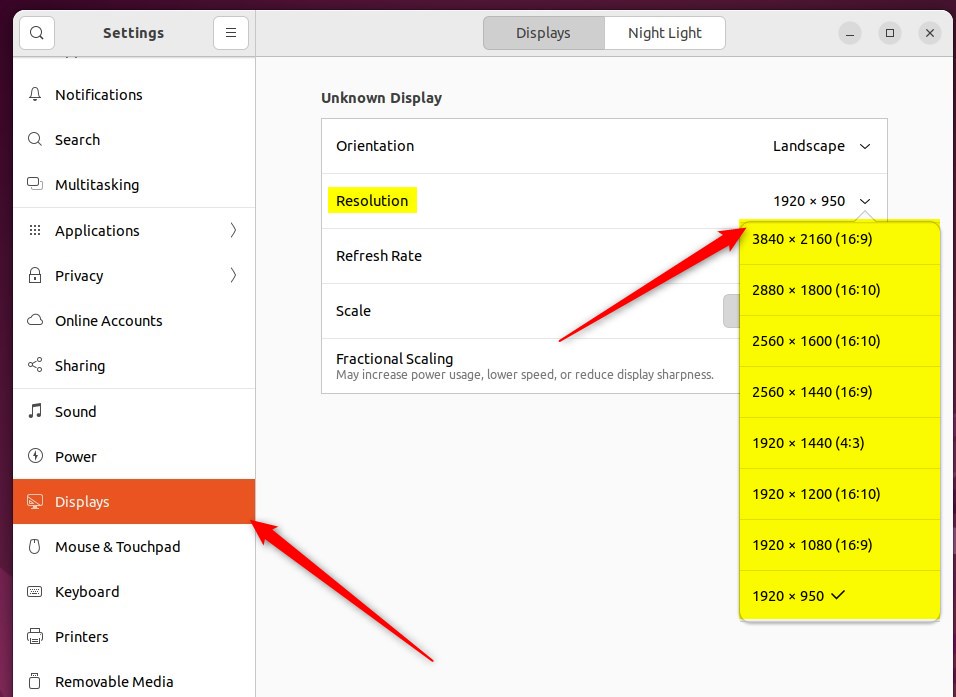This post describes the steps to change your display resolution in Ubuntu Linux.
Your device’s desktop resolution controls the number of items you can see on the screen. The higher the Resolution, the more you can fit on a screen, and the sharper items appear.
The Resolution is the number of dots or pixels the monitor displays. You cannot select resolutions that are higher than your monitor can support.
Higher Resolution will typically display more, but items on the screen appear smaller. The lower Resolution, however,d shows more oversized items on the screen but fewer.
In most cases, you wouldn’t have to adjust your display resolution because Ubuntu Linux will automatically choose the best for your monitor.
However, if you decide that the chosen Resolution isn’t working for you, you can manually change it, and the steps below show you how.
How to adjust display resolutions in Ubuntu Linux
As described above, Ubuntu Linux allows users to change their display resolution manually. If the default resolution isn’t displaying items correctly, adjust it. The steps below show you how to do it.
Ubuntu Linux has a centralized location for the majority of its settings. From system configurations to creating new users and updating, all can be done from the System Settings panel.

Alternatively, click on the System menu at the top-right corner of the top bar on your desktop.
On the System menu, select Settings, as highlighted below.

Click on the Display tile to open the panel in the Settings app.
In the System Settings -> Display settings panel, under Device Display, select a resolution that fits your needs.

You can have different settings on each display if multiple displays are not mirrored. First, select a display in the preview area.
When you select a resolution, click Apply.
The new settings will be applied for 20 seconds before reverting.

If you are happy with the new settings, click Keep Changes.
That should do it! You can now close the Settings app.
Conclusion:
- Changing the display resolution in Ubuntu Linux can optimize the appearance and usability of your desktop.
- Ubuntu’s user-friendly interface enables easy manual adjustment of display resolutions through the System Settings panel.
- Users can fine-tune the resolution to fit their specific needs, enhancing the visual experience on their Ubuntu Linux system.

Leave a Reply Cancel reply